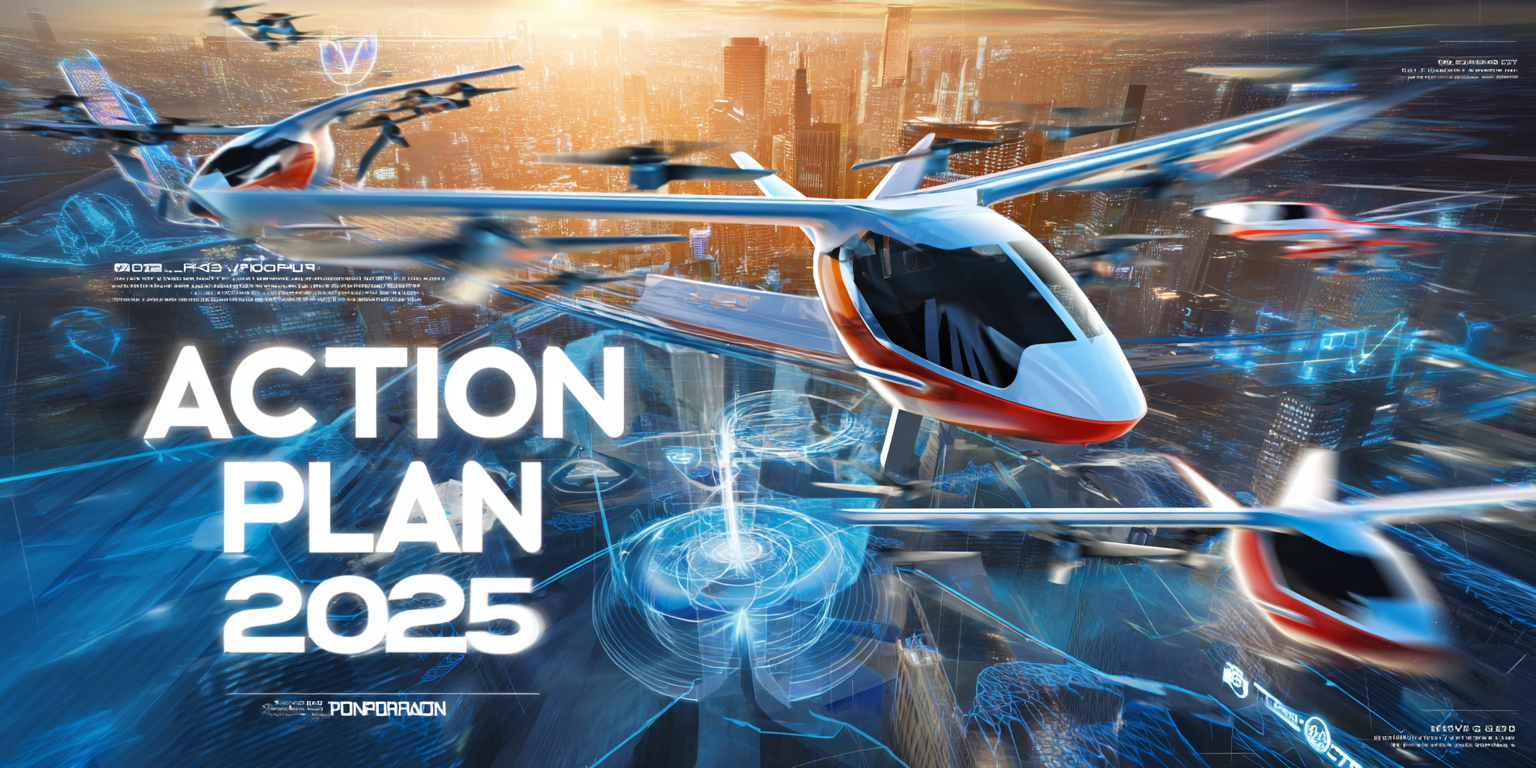Electric vertical takeoff and landing (eVTOL) aircraft are set to revolutionize the tourism industry by offering more efficient, environmentally friendly, and cost-effective options for sightseeing flights compared to traditional helicopters and fixed-wing aircraft.
eVTOL Impact on Tourism
eVTOLs are poised to transform tourism by providing quick, efficient, and cost-effective travel to various tourist destinations. From remote islands and mountain resorts to congested urban centers and cultural landmarks, eVTOLs can significantly improve accessibility without requiring extensive infrastructure. Their ability to take off and land vertically allows them to operate in areas difficult or impossible to reach by traditional transportation. Additionally, eVTOL technology could help spread the economic benefits of tourism to off-the-beaten-path locations and reduce the impact of over-tourism in popular areas by enabling easier dispersion of visitors.
eVTOLs vs Traditional Aircraft
eVTOLs offer several advantages over traditional helicopters and fixed-wing aircraft for sightseeing flights including significant environmental advantages :
- Quieter Operation: EVTOLs operate significantly quieter thanks to electric propulsion, making them suitable for noise-sensitive areas and enhancing the passenger experience.
- Zero Emissions: eVTOLs produce zero emissions at the point of use, aligning with the demand for sustainable tourism and reducing the carbon footprint of sightseeing flights.
- Operational Flexibility: With the ability to take off and land vertically in various locations, including rooftops and small spaces, eVTOLs offer greater operational flexibility.
- Lower Operational Costs: Reduced maintenance requirements and the decreasing cost of electric power could make sightseeing flights more affordable.
- Enhanced Safety: Redundant systems, with multiple rotors and electric motors, can compensate in the event of a single failure, enhancing safety.
- Efficiency Over Longer Distances: While less efficient for short trips, eVTOLs are competitive with traditional aircraft over longer distances when fully loaded.
- Sustainability Factors: Their overall sustainability depends on factors like the source of electricity, battery technology, and eco-friendly manufacturing practices.
Cultural Sites will benefit from eVTOLs
eVTOL flights can provide unique aerial perspectives and improved accessibility to cultural sites worldwide, such as:
UNESCO World Heritage Sites: Sites like the Pyramids of Giza, Machu Picchu, and Angkor Wat could see increased awareness and preservation efforts.
Historic Cities: Cities like Venice, Jerusalem, and Kyoto could offer low-impact aerial tours that respect the urban landscape.
Remote Sacred Sites and Castles: Elevated locations could provide serene views without disrupting the environment or local communities.
Iconic Landmarks: Aerial tours could offer new experiences at the Statue of Liberty, the Eiffel Tower, and the Sydney Opera House.
By offering efficient and eco-friendly access, eVTOLs could play a vital role in promoting cultural tourism while minimizing the environmental impact of traditional transportation methods.
eVTOLs in Eco-Tourism: Preserving Natural Habitats
eVTOLs can play a crucial role in promoting eco-tourism and preserving natural habitats. By providing low-impact aerial access to remote areas, eVTOLs enable visitors to experience pristine environments without the need for disruptive infrastructure like roads or airstrips. This helps protect delicate ecosystems and allows local communities to benefit from sustainable tourism income, creating incentives for conservation. eVTOLs aircraft could offer non-intrusive, eco-friendly aerial safaris in wildlife reserves, minimizing human impact on animals while providing unique viewing opportunities. Also, by reducing noise pollution and emissions compared to traditional aircraft, eVTOLs align with the principles of responsible eco-tourism, which seeks to minimize negative environmental impacts while supporting local economies and conservation efforts.
Economic Boost from eVTOLs
Introducing eVTOLs in the tourism industry is expected to generate significant economic benefits and create new job opportunities. As eVTOLs make remote destinations more accessible and offer unique aerial experiences, they have the potential to boost tourism revenue in the regions they serve. This increased tourism activity can lead to the growth of local businesses, such as hotels, restaurants, and tour operators, further stimulating economic development.
Moreover, the eVTOL industry is poised to create a wide range of new jobs, including pilots, maintenance technicians, ground support staff, and customer service representatives. As eVTOL manufacturers scale up production and operators expand their services, the demand for skilled workers in these areas is expected to grow significantly.
The development of supporting industries, such as vertiport construction, battery production, and charging infrastructure, will also contribute to job creation and economic growth. These industries will require a diverse workforce, including engineers, construction workers, and logistics professionals, further expanding employment opportunities.
The economic impact of eVTOLs in tourism extends beyond direct job creation. The increased connectivity and accessibility provided by eVTOLs can help distribute tourism benefits to previously underserved areas, promoting economic development in rural and remote communities. This can lead to the growth of small businesses, the revitalization of local economies, and improved living standards for residents.





